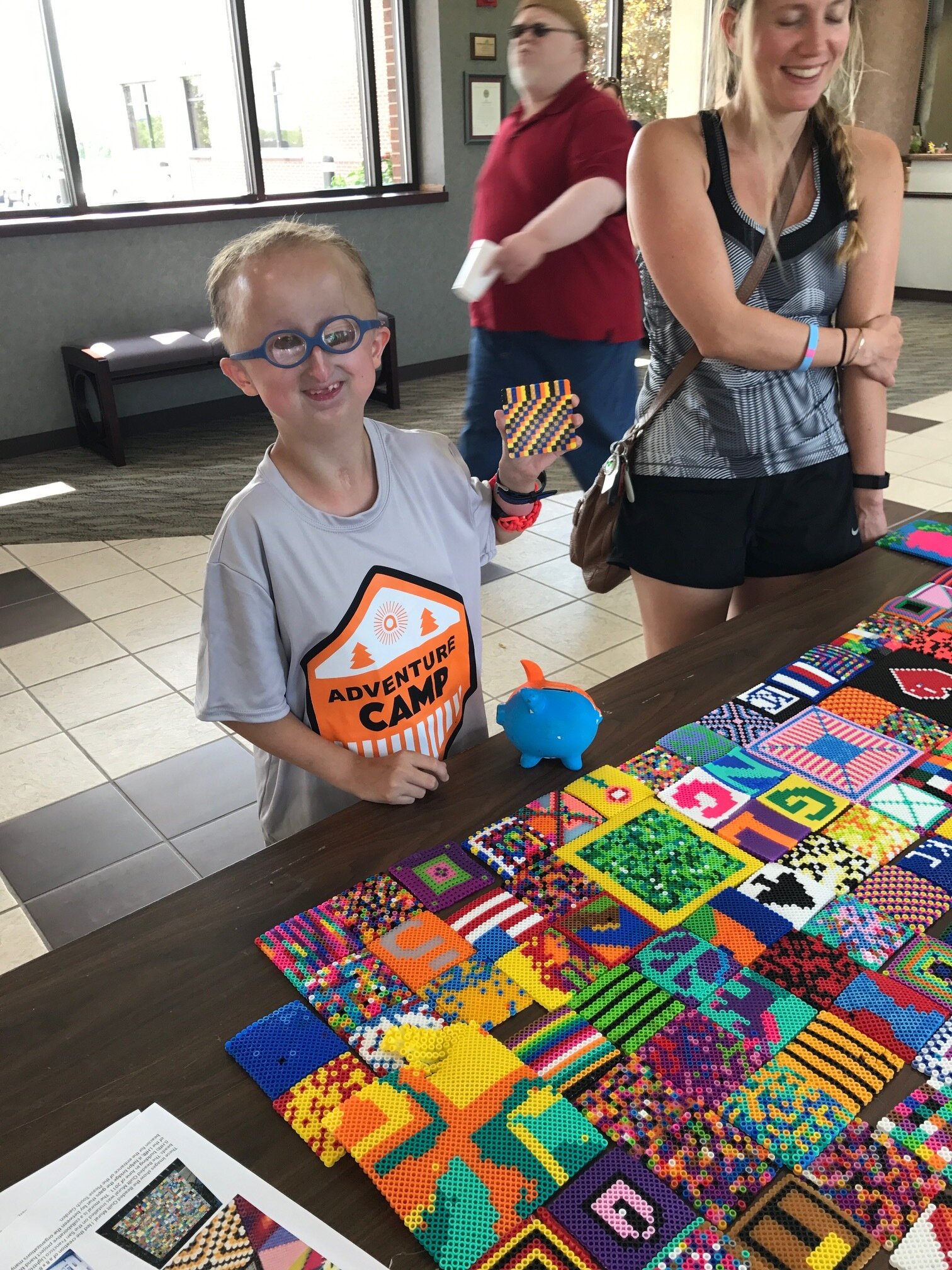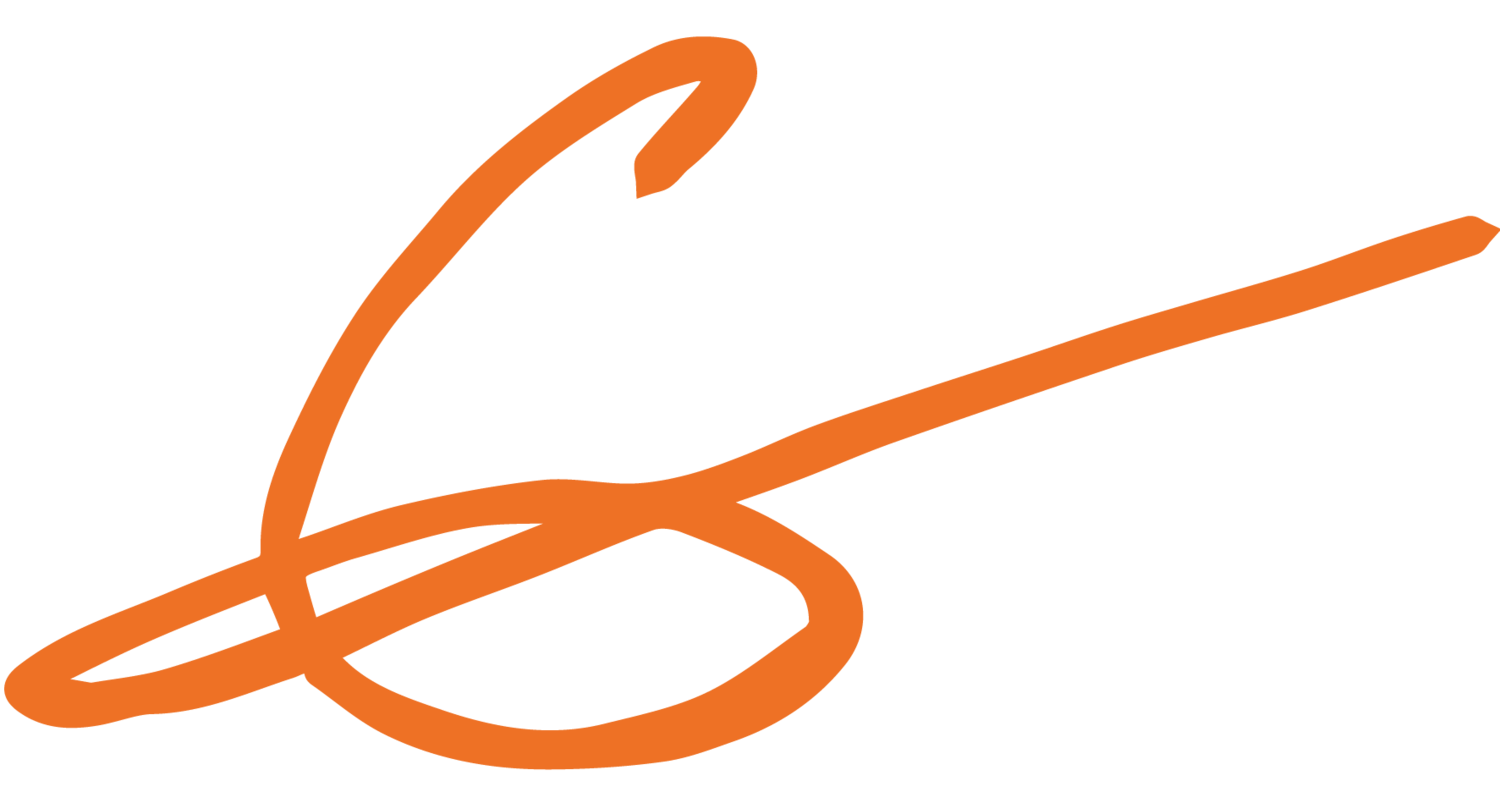The Beaded Quilt
“Storytelling and communing in a group setting, while making the mural, echoed the relationship to the tradition behind the communal enterprise of American quilt making.”
The Beaded Quilt project began in San Francisco and grew out of the Please Touch Community Garden. Standing in a checkout line at an art store in San Francisco, GK saw a fuse bead set on display; he was there buying supplies for the art class he taught at the LightHouse for the Blind and Visually Impaired (LHfB). The little yellow square you placed the beads on with its raised dots looked like brail, and yellow happened to be a color most people with vision loss could easily see. GK thought his clients would gravitate to the beading process, and they did. Soon after they started beading during class, he had tons of little colorful squares, but what do you do when you have tons of small squares? Well, you make a quilt.
Originally this project was started around the idea of touch and crafting but soon morphed into storytelling and communing in a group setting while making the mural. This echoed the relationship to the tradition behind the communal enterprise of American quilt making. Soon Callahan found out that the beading process is as important and significant as the end product; the time spent in "Beading Circles" is a great form of art therapy, storytelling, and communing. Simultaneously, the making process helps to fine-tune the makers' manual dexterity, improve their hand-eye coordination, memory, and color and shape recognition, particularly in those who are visually impaired. The murals are also made up of a textural beaded grid of squares, which symbolically highlights the colorfulness and diversity of the blind/ deafblind community while demonstrating their togetherness to work on such a large project over a lengthy span of time.
The original Beaded Quilt was created as a modern public art installation and a statement about what one with disabilities can accomplish. In relation, the AIDS Memorial Quilt was a piece that inspired Callahan's direction in the arts. The vastness of the 3000-foot-long AIDS Memorial Quilt is a beacon of awareness demonstrated through art and traditional practice. Its monumental scale skews the work from its traditional craft contexts. The Beaded Quilt's vastness is not determined in the work scale but in the multitude of beads, its public placement, and the dedication from a sole group who overcame social norms to create the work.
Callahan led the creation of an 8 x 8-foot mural using 150,000 colored beads in 2010. The Beaded Quilt Mural was installed on the San Francisco LHfB building in June of 2011. The mural is a collaborative project hand-built by clients, donors, volunteers, and staff of the LHfB; it helps bridge the gaps between the organization's many different departments and serve as a beacon for the entrance of the PTG.
The patchwork quilt mural is made of 576 squares; each square consists of 250 beads. Each square is a small reflection of the person who made it. The textural grid of squares highlights the colorfulness and diversity and demonstrates the togetherness of the LHfB organization. Although the Lighthouse's art program historically produced craft art such as knitting, the beaded mural illustrates how art made by people with disabilities does not merely have to be crafts or outsider art. Both "The Beaded Quilt" and the Please Touch Community Garden bring together a relationship between historical genre, social art, and public works that spotlight community togetherness. The Beaded Quilt was one of several opportunities for the LHfB to collaborate with the greater SF community through the building of The Please Touch Garden.
This includes setting the parameters for CCA's 2010 Glow in the Dark class led by artist Kota Ezawa "a one-night exhibition of student works that brought together with light sculpture, interactive projects, sound art, and tactile experiences that reflect on the condition of sight loss." The exhibition continued an ongoing dialog among CCA, the LHfB community, and GK Callahan
(Update 2016) In 2016 the LHfB moved locations to the 10th Floor, at 1155 Market St, San Francisco, CA 94103. The LHfB was able to take the Beaded Quilt with them; they have installed the mural indoors and at a location that keeps the mural safe and gives it a more sensory approach. See the new photos at the bottom of this post.
In 2017 GK Callahan and Laura White become fast friends; they met at an art class for the blind and visually impaired in Kansas City. GK was about to start community Beaded Quilt project, and he needed a partner, someone who understood and reflected the community; Laura was just that person. Laura, an artist herself, had worked as a graphic designer and taught at both the Kansas State School for the Blind and Children's center of visually impaired, unbeknownst to GK; she was in need of a project. Laura had left teaching and taken some time off to deal with both her vision and hearing loss; it was a perfect pairing…Together they have begun the ambitious journey to create the Kansas City Beaded Quilt mural.
The Kansas City Beaded Quilt was produced as part of a two-year community project with the Kansas City Blind, DeafBlind, Visually Impaired, their friends, and family. The result is this ten-foot by nine-foot quilt made of 300,000+ colored beads. The beaded squares were assembled during beadings circles held at various non-profits, camps, coffee shops, churches, and meeting rooms around the greater KC metro. These "circles" helped connect and honor the many participants who were instrumental in making the quilt a reality.
This mural is the second community-based mural made out of beads Callahan has created with the blind and visually impaired community. This time Callahan was fortunate enough to partner with DeafBlind artist Laura White to see this mural come to life. White was instrumental in connecting to the communities and the mural's design, helping improve the beading process's functionality through feedback and peer communication.
Community Partners
Alphapointe
Children Center for the Visually Impaired
The DeafBlind Social Group of Kansas City
Greenbush Education Services
Kansas State School for the Blind
Kemper Museum of Contemporary Art
Lions Club of Kansas City Kansas
Lawrence Lutheran Blind Ministries and Friends
Plaza Apartments at 7777 Holmes
The Whole Person











